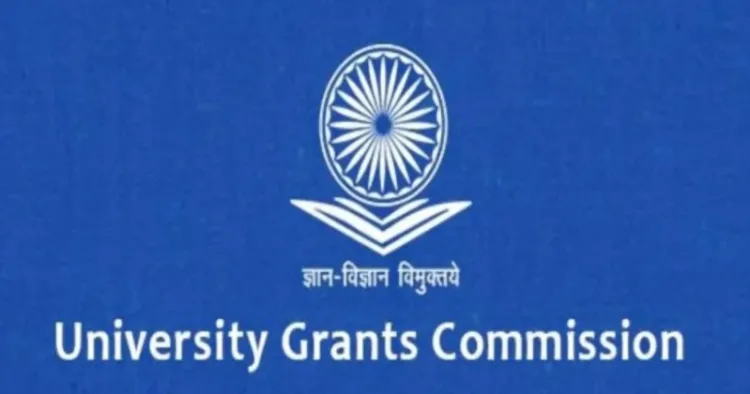In a significant setback for the Maharashtra Governor’s office, the University Grants Commission (UGC) has rejected a proposal to create a centralised public commission for faculty recruitment in state universities. The UGC’s decision, conveyed in a letter dated January 10, 2025, cited the proposal as a deviation from established regulations, leaving universities in the state uncertain about how to proceed with filling the 659 vacant faculty positions.
Governor CP Radhakrishnan had put forward the idea of establishing a centralised commission for faculty appointments, asserting that it would streamline the hiring process, ensuring transparency and rigor. However, the UGC’s letter categorically stated that no provision exists for setting up such a commission for the recruitment of teaching staff in state public universities and affiliated colleges.
The UGC’s letter made it clear that faculty recruitment must adhere to the guidelines outlined in the UGC Regulations 2018. “There is no provision for creating a separate commission to select and appoint teaching staff for state public universities and affiliated colleges. Universities and colleges must appoint teaching staff through properly formed selection committees, in accordance with the guidelines outlined in the UGC Regulations 2018.”
This rejection has only heightened the ongoing standoff between the governor, who also serves as the chancellor of state universities, and the Maharashtra state government. With both parties in disagreement over the method of faculty recruitment, state universities are now left to grapple with a worsening faculty shortage.
Governor Radhakrishnan’s controversial directive on November 26, 2024, had already instructed universities to halt all faculty appointments. The governor’s proposal called for centralizing the recruitment process through the establishment of a public commission. He argued that a standardized recruitment system, complete with entrance tests and interviews, would promote fairness and transparency in faculty appointments.
Speaking at a recent event at Mumbai University, Governor Radhakrishnan defended his approach. He acknowledged the inevitable delays that would occur during the transition to a new recruitment system but emphasized that the long-term benefits, in terms of fairness and academic quality, would outweigh these temporary setbacks. “By introducing an entrance-test-based recruitment process followed by interviews, we can ensure that the best candidates are selected for our universities,” he stated.
However, the UGC’s rejection has left universities in Maharashtra in a state of uncertainty. Educational institutions are now unsure how to proceed with filling hundreds of existing vacancies, raising concerns about the possible impact on academic standards and day-to-day operations.
A senior official from one of the state universities, who spoke on condition of anonymity, expressed frustration with the situation. The official said that the delay in hiring teachers is already causing problems in academic work. If this continues without a solution, it could get worse and negatively affect the quality of both teaching and research.
The faculty shortage in Maharashtra has already led to an increased workload on the remaining teaching staff, hindering research output and affecting the quality of education. Students and other academic stakeholders have also raised concerns over the prolonged deadlock, which has left universities struggling to maintain their operational efficiency.
In addition to the rejection of the Governor’s proposal, the UGC has introduced new provisions under its draft regulations for 2025. These regulations recommend that colleges undertake direct recruitment of teaching staff. However, even with these provisions, the UGC has reiterated the importance of adhering to the existing norms, which do not allow for the establishment of a separate commission for faculty appointments.
This ongoing deadlock between the Maharashtra Governor’s office and the state government underscores the complex governance structure of higher education in the state. The conflict highlights issues related to overlapping jurisdiction, governance priorities, and differing visions for managing public universities.
Education experts have called for a more balanced approach, one that recognises the autonomy of universities while ensuring adherence to national standards. According to an education policy analyst, “A cooperative effort between the state government, the governor’s office, and the UGC is necessary to resolve this issue. The focus should remain on improving the quality of education, meeting the urgent needs of students, and addressing the faculty shortage in the state.”
As the standoff continues, stakeholders await a resolution that respects both the UGC’s regulatory framework and the unique needs of Maharashtra’s universities. The state government is expected to engage in further discussions with both the UGC and the Governor’s office in order to find a solution that addresses the current faculty shortage without compromising the integrity of the recruitment process.
Meanwhile, Maharashtra’s universities are left navigating the difficult dual challenge of managing faculty shortages and coping with the uncertainty surrounding future recruitment policies. With the UGC standing firm in its position, it remains to be seen how and when a practical solution will emerge to resolve the ongoing crisis in state universities.



















Comments